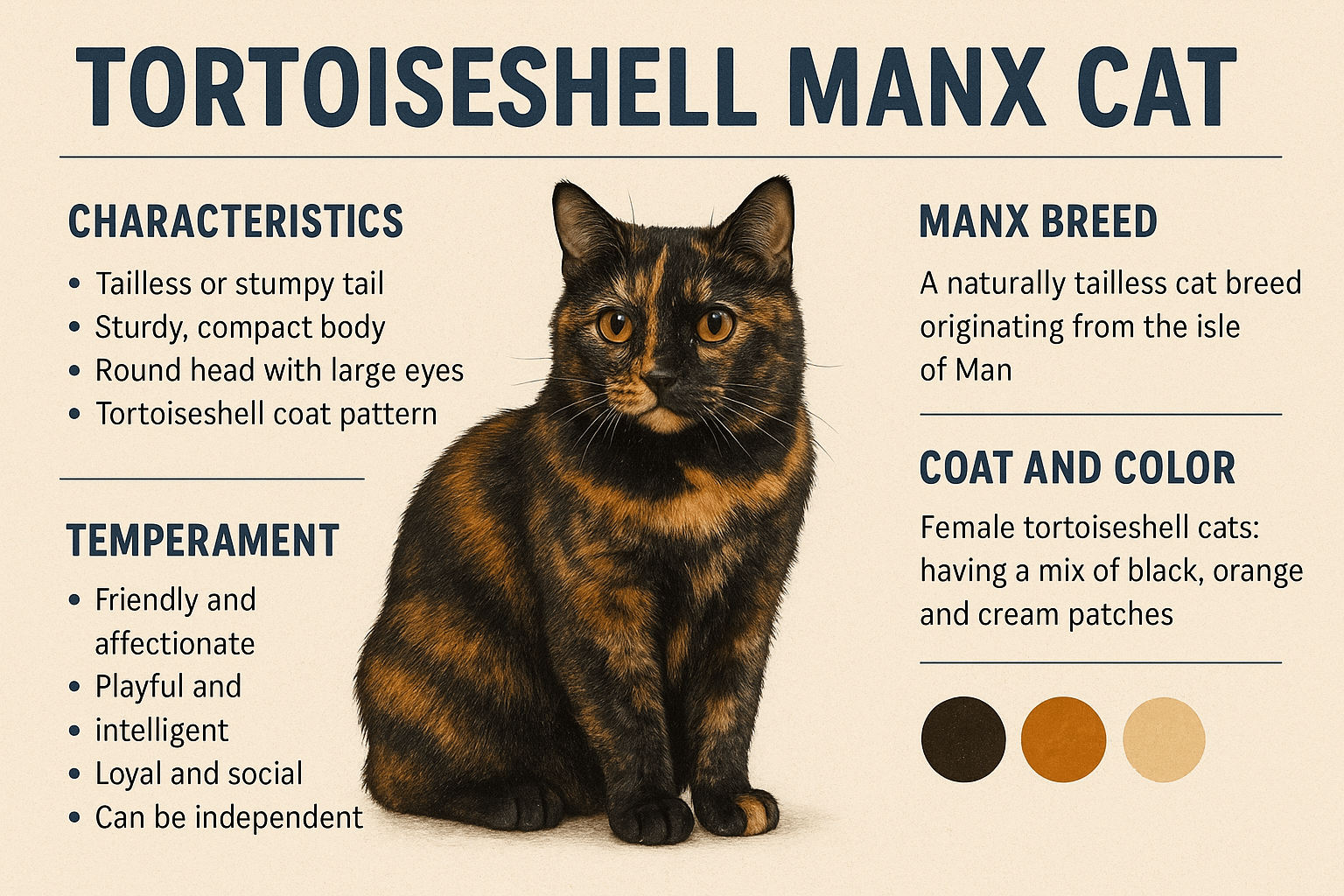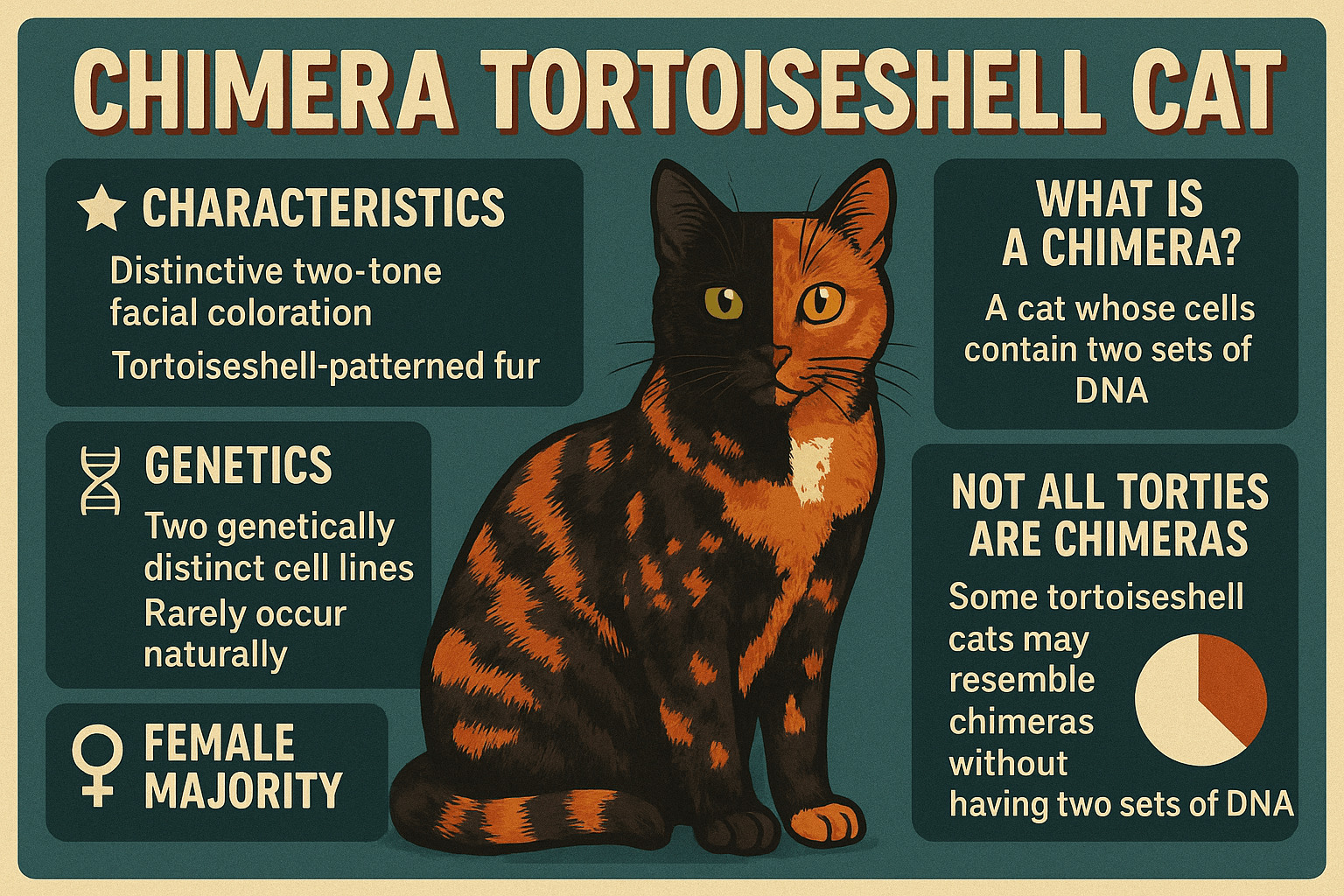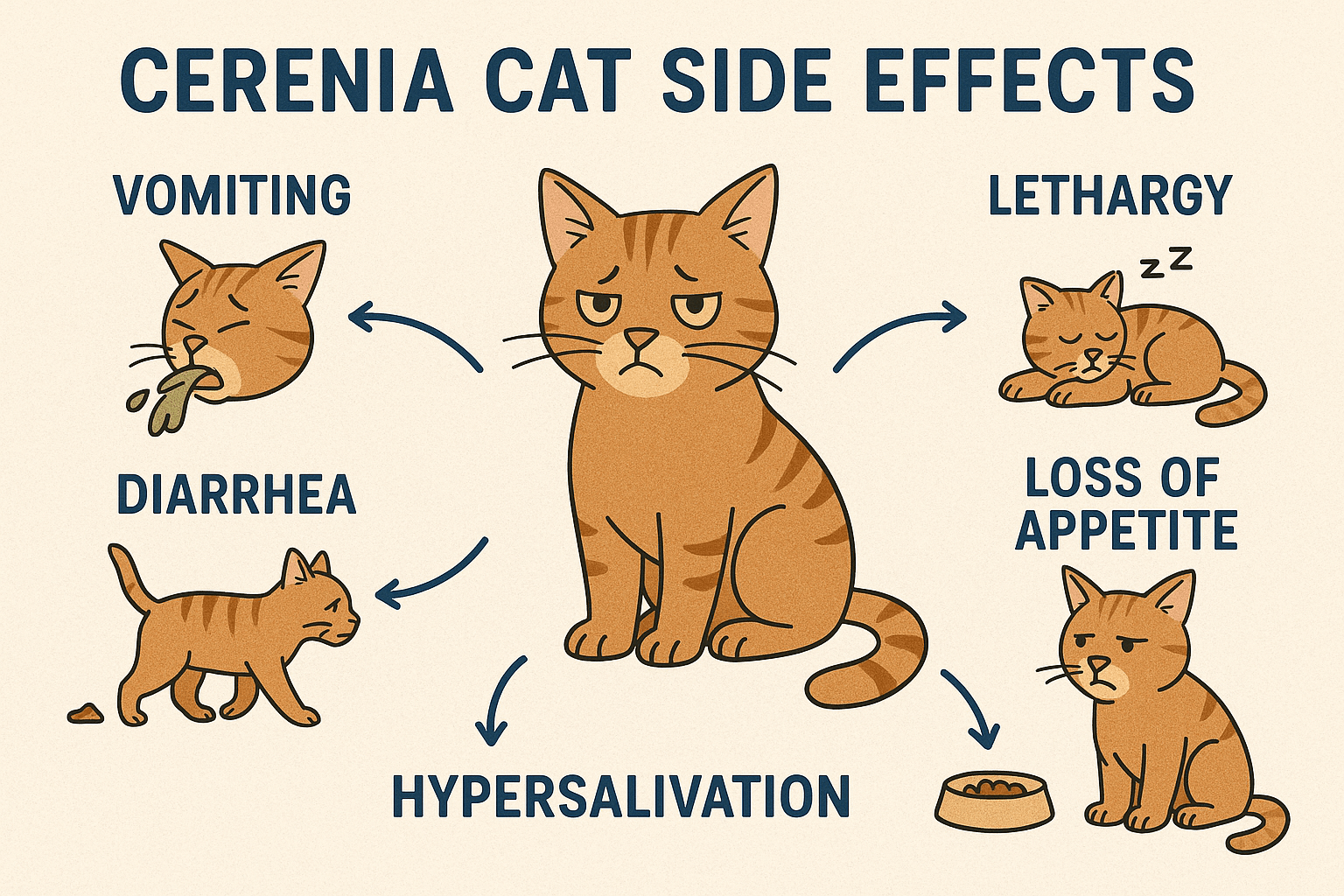Cat Urine High pH: What It Means and How to Address It
If you’ve noticed that your cat’s urine has a high pH, it could be an early warning sign of underlying health issues. The pH level of your cat’s urine is an important indicator of their overall urinary health. A balanced pH ensures that harmful bacteria and crystals don’t develop, which can lead to painful conditions like urinary tract infections (UTIs) or bladder stones. Understanding what causes high pH in cat urine, how to test it, and steps to correct it can help keep your feline friend healthy and comfortable. In this guide, we’ll explore everything you need to know about managing and preventing high pH levels in your cat’s urine.
What Causes High pH in Cat Urine?
Several factors can contribute to elevated pH levels in your cat’s urine. Identifying the root cause is essential for addressing the issue effectively. Here are some common culprits:
Dietary Imbalance : Foods high in magnesium, phosphorus, or calcium can increase urine pH, promoting crystal formation.
Dehydration : Insufficient water intake can lead to concentrated urine, which often has a higher pH.
Urinary Tract Infections (UTIs) : Bacterial infections can alter the pH of your cat’s urine, making it more alkaline.
Underlying Health Conditions : Conditions like kidney disease or metabolic disorders may affect urine pH levels.
Stress or Environmental Changes : Stress can impact your cat’s urinary health, potentially leading to pH imbalances.
By understanding these causes, you can take proactive steps to address high pH and prevent complications.
Signs Your Cat May Have High Urine pH
Detecting high pH in your cat’s urine early can help prevent serious health issues. Here are some signs that may indicate an imbalance:
Frequent Urination : Your cat may visit the litter box more often than usual, even if only small amounts are passed.
Straining or Crying : Difficulty urinating or signs of pain during urination can signal urinary issues.
Strong-Smelling Urine : Alkaline urine often has a stronger, ammonia-like odor compared to normal urine.
Blood in Urine : Hematuria (blood in urine) can occur when pH imbalances lead to irritation or infection.
Lethargy or Loss of Appetite : These general symptoms may indicate discomfort or illness related to urinary problems.
If you notice any of these signs, it’s important to consult your veterinarian for a proper diagnosis and treatment plan.
Check this guide 👉Symptoms of Ammonia Poisoning from Cat Urine: Best 7 Tips!
Check this guide 👉Understanding Crystals in Cat Urine: Best 7 Expert Tips!
Check this guide 👉Can Cat Urine Kill You? Best 7 Expert Tips!

Factors That Raise Urine pH | Ways to Lower Urine pH |
|---|---|
High magnesium diets | Feed acidic-formula cat food |
Dehydration | Ensure constant access to fresh water |
Urinary tract infections | Treat infections with vet-prescribed antibiotics |
Lack of exercise | Encourage playtime and activity |
Stressful environment | Create a calm, enriched living space |
How to Test Your Cat’s Urine pH at Home
Testing your cat’s urine pH at home can provide valuable insights into their urinary health. Here’s how you can do it safely and accurately:
Purchase pH Test Strips : Look for strips specifically designed for testing animal urine, available at pet supply stores.
Collect a Urine Sample : Use a clean litter replacement product or a non-absorbent litter tray to collect fresh urine.
Dip the Strip : Follow the instructions on the test kit to dip the strip into the urine sample without contaminating it.
Compare Results : Match the color change on the strip to the chart provided to determine the pH level.
Record Findings : Keep track of the results over time to monitor trends and share them with your vet during check-ups.
Regular testing can help you catch potential issues early and ensure your cat’s urinary health remains optimal.
Tips for Managing and Preventing High Urine pH
Preventing high urine pH involves a combination of dietary adjustments, hydration strategies, and lifestyle changes. Here are some tips to help you maintain your cat’s urinary health:
Switch to Acidifying Diets : Choose cat foods formulated to promote slightly acidic urine, helping prevent crystal formation.
Encourage Hydration : Provide multiple water sources, use a pet fountain, or add water to wet food to increase fluid intake.
Schedule Regular Vet Visits : Routine check-ups allow your vet to monitor your cat’s urinary health and catch issues early.
Reduce Stress : Minimize environmental stressors by maintaining a consistent routine and providing safe spaces for your cat.
Monitor Litter Box Habits : Keep an eye on changes in frequency, volume, or appearance of urine to detect problems promptly.
By implementing these strategies, you can reduce the risk of high urine pH and support your cat’s long-term well-being.
Clarifying Myths to Better Understand Your Cat’s Health
There are several misconceptions about cat urine pH that can lead to confusion or improper care. By addressing these myths, you can make more informed decisions about your cat’s urinary health.
Myth: All Cats Naturally Have Acidic Urine : While some cats naturally have slightly acidic urine, many factors can cause fluctuations in pH levels.
Myth: High pH Always Indicates a Serious Problem : Temporary spikes in pH may not be harmful, but consistently high levels require attention.
Myth: Wet Food Alone Prevents pH Imbalances : While wet food helps with hydration, diet alone may not address underlying health issues affecting pH.
Myth: Home Remedies Can Fix High pH : Unverified home remedies can do more harm than good; always consult a vet for advice.
Myth: pH Testing is Only for Sick Cats : Regular testing can help detect issues early, even in healthy cats.
By dispelling these misconceptions, you can focus on evidence-based practices to manage your cat’s urinary health effectively.
Nutritional Choices to Support Optimal Urinary Health
Your cat’s diet plays a critical role in maintaining balanced urine pH. Certain foods are specifically designed to promote urinary health and prevent pH imbalances. Here are some options to consider:
Acidifying Cat Food Formulas : These diets are specially formulated to maintain slightly acidic urine, reducing the risk of crystal formation.
High-Moisture Wet Food : Wet food provides essential hydration, helping dilute urine and maintain a healthy pH.
Low-Magnesium Diets : Foods low in magnesium can reduce the risk of struvite crystals, which thrive in alkaline environments.
Limited-Ingredient Diets : These diets minimize exposure to potential irritants that could affect urinary health.
Natural Additives Like Cranberry Extract : While not a cure, cranberry extract may support urinary tract health by preventing bacteria from adhering to bladder walls.
Choosing the right diet can significantly impact your cat’s urinary pH and overall well-being.
Minimizing Stress to Promote Healthy Urinary Function
Stress is a common contributor to urinary issues, including high urine pH. Reducing stress in your cat’s life can help maintain a healthy urinary system. Here are some techniques to try:
Provide Safe Spaces : Create cozy hiding spots or elevated perches where your cat can retreat when feeling anxious.
Maintain a Consistent Routine : Cats thrive on predictability, so stick to regular feeding, play, and cleaning schedules.
Use Calming Products : Consider pheromone diffusers like Feliway to create a calming environment.
Introduce New Changes Gradually : Whether it’s a new pet, furniture, or routine, gradual transitions can minimize stress.
Engage in Interactive Play : Daily play sessions with toys or laser pointers can help burn off excess energy and reduce anxiety.
By reducing stressors in your cat’s environment, you can support their urinary health and overall happiness.
Frequently Asked Questions About Cat Urine High pH
What is considered a normal pH range for cat urine?
A healthy pH range for cat urine is typically between 6.0 and 6.5, though slight variations can occur.
Can high pH in cat urine lead to bladder stones?
Yes, consistently high pH can contribute to the formation of struvite crystals or stones, which can block the urinary tract.
How can I encourage my cat to drink more water?
Try using a pet water fountain, offering wet food, or placing water bowls in different locations around the house.
Is dry food bad for my cat’s urinary health?
Dry food isn’t inherently bad, but cats eating dry food exclusively may need additional hydration strategies to maintain urinary health.
Should I treat high urine pH myself or consult a vet?
While minor adjustments like diet and hydration can help, persistent high pH should always be evaluated by a veterinarian.
Prioritize Your Cat’s Urinary Health for a Happy Life
Maintaining a balanced urine pH is crucial for your cat’s overall health and comfort. By understanding the causes, recognizing the signs, and taking proactive steps to manage high pH, you can prevent serious urinary issues and ensure your feline companion thrives. Remember, prevention is key—regular vet visits, a balanced diet, and plenty of hydration go a long way in supporting your cat’s urinary system. With love, care, and attention, you can give your cat the best chance at a long, healthy life free from urinary complications.
Why Are Cats So Warm? If you’ve ever cuddled up with a cat, you’ve likely noticed how warm they feel against …
Tortoiseshell Manx Cat: Best 7 Expert Tips! Discover expert advice on caring for this unique breed, from health and grooming to personality insights. Perfect for cat lovers!
Chimera Tortoiseshell Cat: Best 7 Expert Tips! Discover the unique traits, care needs, and fascinating facts about chimera tortoiseshell cats to better understand these rare feline wonders.
Cerenia Cat Side Effects: Best 7 Expert Tips! Discover expert advice on managing Cerenia side effects, ensuring your cat’s safety, and promoting a smooth recovery with practical tips.




